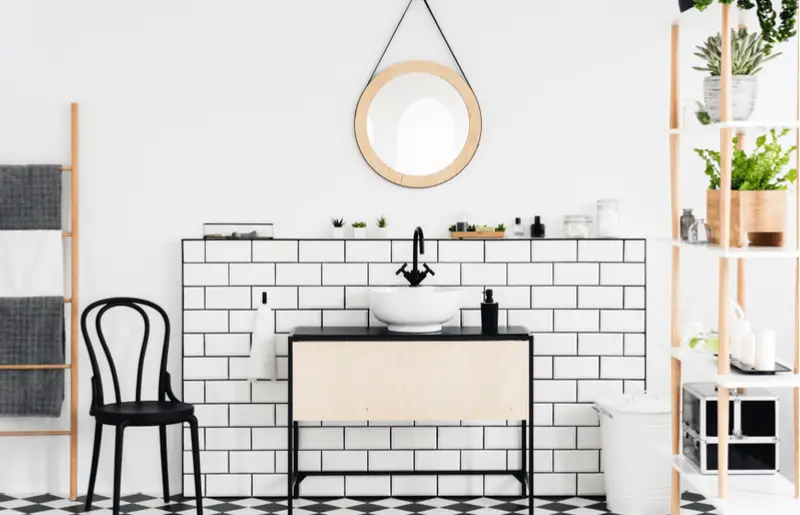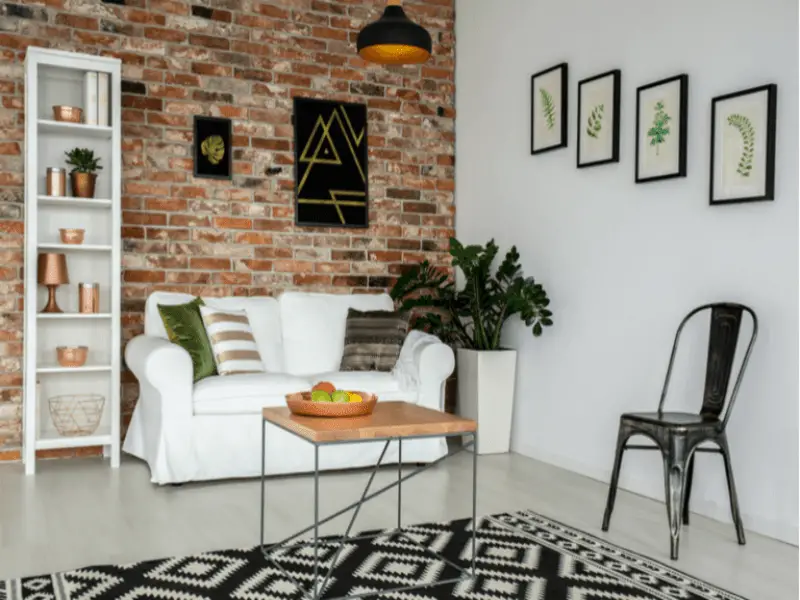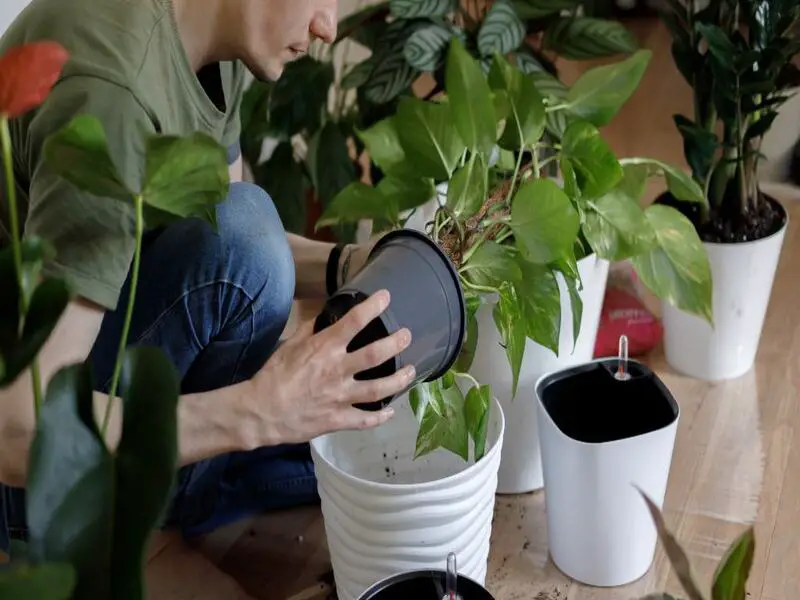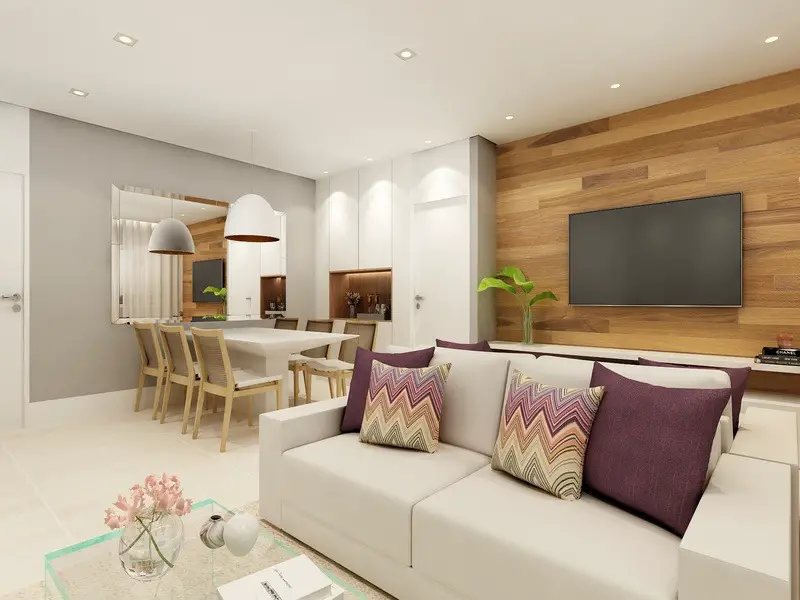Introduction: Unveiling the Hidden Gems of Interior Decoration
Are you tired of your dull and uninspiring living space? Do you yearn for a vibrant and inviting home that reflects your personality? Look no further! In this article, we will reveal the 6 secrets of interior decoration that you didn’t know. These hidden gems will help you transform your home into a stylish haven, making your friends and family wonder how you achieved such an incredible transformation. So grab your imagination and let’s dive into the world of interior decoration!
The Power of Color: Beyond Aesthetics
One of the most overlooked secrets of interior decoration lies in the power of color. While aesthetics play a vital role, colors can evoke emotions and set the mood of a room. Here’s what you need to know:
1. Understanding Color Psychology
Colors have the ability to influence our mood and behavior. Warm colors like red and orange create a cozy and energetic atmosphere, perfect for social areas. On the other hand, cool colors such as blue and green promote tranquility and relaxation, making them ideal for bedrooms and study spaces. By understanding color psychology, you can strategically incorporate shades that align with the purpose of each room.
2. The Art of Color Combination
When it comes to choosing colors for your interior, the key lies in finding the perfect balance. Harmonious color combinations can elevate the overall aesthetic appeal of your space. Experiment with complementary colors (opposites on the color wheel) or analogous colors (neighboring hues) to create a visually pleasing and cohesive look. Don’t shy away from adding pops of contrasting colors to add depth and interest.
3. Playing with Lighting and Color
Lighting can significantly impact how colors appear in a room. Natural light brings out the true vibrancy of colors, while artificial lighting can alter their perception. Consider the direction and intensity of light sources when selecting colors for your walls, furniture, and accessories. Test colors under different lighting conditions to ensure they create the desired ambiance.
The Magic of Textures: Adding Depth and Personality
Apart from colors, textures can work wonders in transforming a space. They add depth, visual interest, and a touch of luxury. Discover the secrets of using textures effectively:

4. Mixing Textures for a Dynamic Look
Don’t be afraid to combine different textures within a room. Pairing rough with smooth, soft with hard, and glossy with matte creates a visually intriguing and well-balanced environment. For example, you can contrast a plush velvet sofa with a sleek glass coffee table or layer a chunky knit throw over a smooth leather armchair. This interplay of textures will elevate the overall aesthetic appeal of your space.
5. Adding Texture to Walls
While many focus on furniture and accessories, the walls often remain neglected. Adding texture to your walls can breathe life into a room. Consider options like textured wallpaper, wainscoting, or decorative wall panels. These elements not only add visual interest but also create a sense of warmth and coziness.
6. Soft Furnishings: Comfort with Style
Soft furnishings play a crucial role in interior decoration. From curtains and rugs to cushions and throws, they bring comfort and style to any space. Opt for plush fabrics like velvet or faux fur to create a luxurious ambiance. Mixing patterns and textures in your soft furnishings can inject personality and create a cozy atmosphere that reflects your unique taste.
FAQs: Your Burning Questions Answered
Q1. Can I use bold colors in a small room without overwhelming the space? Absolutely! Bold colors can work wonders in small rooms. To avoid overwhelming the space, consider using bold colors as accent walls or in furniture and accessories. Pair them with lighter shades and keep the overall color scheme cohesive. This way, you can create a vibrant and visually interesting room without it feeling cramped.
Q2. How can I make a small space appear larger? There are several tricks to make a small space appear larger. First, opt for light and neutral colors on the walls and furniture to create an airy and open feel. Mirrors are also a great way to create an illusion of space by reflecting light and making the room seem larger. Additionally, decluttering and maximizing storage solutions can help create a sense of openness and organization.
Q3. What is the best way to incorporate artwork into my interior design? Artwork can be a powerful tool in adding personality and visual interest to a room. When incorporating artwork, consider the size and scale of the piece in relation to the wall and furniture. Hang artwork at eye level to create a focal point and ensure it is well-lit to enhance its impact. Experiment with different arrangements, such as gallery walls or a single statement piece, to create a visually appealing display.
Q4. How do I choose the right lighting for each room? Choosing the right lighting for each room is essential for setting the desired mood. Start by layering your lighting with a combination of ambient, task, and accent lighting. Use dimmers to control the intensity of light and create a cozy atmosphere. Consider the functionality of the room and the activities that will take place. For example, bright and focused lighting is crucial in the kitchen, while soft and warm lighting works well in bedrooms and living rooms.
Q5. What are some tips for arranging furniture in an open-concept living space? In an open-concept living space, it’s important to create distinct zones while maintaining a sense of flow. Start by arranging furniture to define separate areas for living, dining, and entertaining. Use rugs, lighting, and furniture placement to create visual boundaries and anchor each zone. Consider the scale of furniture and leave enough space for comfortable movement. Don’t forget to ensure that the overall design and color scheme remain cohesive throughout the space.
Q6. How can I add a touch of nature to my interior design? Bringing nature indoors can add a refreshing and calming element to your interior design. Incorporate natural elements such as houseplants, fresh flowers, or even a small indoor garden. Use natural materials like wood, stone, or woven textures in your furniture and decor. Large windows and strategically placed mirrors can also provide views of the outdoors, connecting your interior space with nature.
Conclusion: Unleash Your Interior Design Potential
Now that you are armed with the 6 secrets of interior decoration that you didn’t know, it’s time to unleash your creativity and transform your living space. Remember the power of color and how it can influence the mood of each room. Experiment with textures to add depth and personality to your space. Don’t forget the importance of lighting and its ability to enhance the overall ambiance. Incorporate artwork, arrange furniture strategically, and bring nature indoors to create a harmonious and inviting environment.
So go ahead, let your imagination run wild, and enjoy the process of designing a space that truly reflects your style and personality. With these secrets in your toolkit, you’ll be well on your way to creating a stunning interior that will leave everyone in awe.




